Jacques Villon - Landscape - Original Etching 1949 Signed in pencil and numbered Jacques Villon (1875 - 1963) Jacques Villon was born Gaston Duchamp on July 31, 1875, in Damville, Normandy. His family is one of remarkable artistic repute; he and his three siblings Marcel Duchamp, Raymond Duchamp-Villon, and Suzanne Duchamp would all make important contributions to 20th-century art. While still a lycée student in Rouen, he began his artistic training under his grandfather, Emile Frédéric Nicolle, a shipbroker and artist. Nicolle taught Villon engraving and printmaking, and in 1891 he was the subject of one of Villon’s earliest prints. In January 1894 Villon moved in with his brother Raymond in Paris’s Montmartre neighborhood and began to study law at the University of Paris. He soon lost interest in legal studies and instead spent his time submitting drawings to various magazines and newspapers, some of which were politically oriented. Partly in order to distance his family's name from these publications, he changed his name to Jacques Villon (an homage to French medieval poet François Villon). In 1895 he began study at the Ecole des Beaux-Arts and frequented the Atelier Cormon. For almost 10 years Villon worked largely in graphic media, contributing drawings to Parisian illustrated papers and making color prints and posters. In 1903 he helped organize the drawing section of the first Salon d’Automne, which would become one of the most significant annual exhibitions in the history of modern art. His first gallery exhibition, shared with his brother Raymond, took place at Galerie Legrip, Rouen, in 1905. He studied at the Académie Julian in Paris between 1904 and 1905, painting in a Neo-Impressionist style. In 1906 Villon settled in Puteaux and began to spend more time painting; by 1910 he had devoted himself primarily to painterly pursuits. In 1911, he and Duchamp-Villon helped found the Puteaux Group, a collective of Cubist artists that held meetings in Villon’s studio; its participants included Robert Delaunay, Marcel Duchamp, Albert Gleizes, František Kupka, Fernand Léger, Francis Picabia, and others. The following year, working with the Puteaux Group, Villon named and helped mount the Salon de la Section d'Or, a seminal exhibition in the development of the Cubist movement. Villon exhibited nine paintings at the 1913 New York Armory Show, and his first solo exhibition in the United States was held at the Societé Anonyme, New York, in 1921; by the 1930s he was better known in the U.S. than in Europe. In 1932 he joined and began to exhibit with the Abstraction-Création group. An important presentation of his work was held in Paris in 1944 at the Galerie Louis Carré, from that time forward his exclusive representative. Villon received honors at a number of international exhibitions, including First Prize at the Carnegie International (1950) and Grand Prize for Painting at the Venice Biennale (1956). In 1955 he designed stained-glass windows for a cathedral in Metz, France, along with his contemporaries Marc Chagall and Roger Bissière. Villon died in Puteaux on June 9, 1963, at the age of 87.
Jacques Villon - Paisaje - Aguafuerte original de 1949 Firmado a lápiz y numerado Jacques Villon (1875 - 1963) Jacques Villon nació como Gaston Duchamp el 31 de julio de 1875 en Damville, Normandía. Su familia es de notable reputación artística; tanto él como sus tres hermanos, Marcel Duchamp, Raymond Duchamp-Villon y Suzanne Duchamp, harían importantes contribuciones al arte del siglo XX. Mientras estudiaba en el liceo de Rouen, comenzó su formación artística con su abuelo, Emile Frédéric Nicolle, corredor de barcos y artista. Nicolle le enseñó a Villon el grabado y la estampación, y en 1891 fue objeto de uno de los primeros grabados de Villon. En enero de 1894, Villon se instaló con su hermano Raymond en el barrio parisino de Montmartre y comenzó a estudiar derecho en la Universidad de París. Pronto perdió el interés por los estudios jurídicos y, en su lugar, dedicó su tiempo a enviar dibujos a diversas revistas y periódicos, algunos de ellos de orientación política. En parte para alejar el nombre de su familia de estas publicaciones, cambió su nombre por el de Jacques Villon (un homenaje al poeta medieval francés François Villon). En 1895 comenzó a estudiar en la Escuela de Bellas Artes y frecuentó el Atelier Cormon. Durante casi 10 años, Villon trabajó principalmente en medios gráficos, colaborando con dibujos en los periódicos ilustrados parisinos y realizando grabados en color y carteles. En 1903 ayudó a organizar la sección de dibujo del primer Salón de Otoño, que se convertiría en una de las exposiciones anuales más importantes de la historia del arte moderno. Su primera exposición en una galería, compartida con su hermano Raymond, tuvo lugar en la Galerie Legrip de Rouen en 1905. Estudió en la Académie Julian de París entre 1904 y 1905, pintando en estilo neoimpresionista. En 1906, Villon se instala en Puteaux y empieza a dedicar más tiempo a la pintura; en 1910 se dedica principalmente a la pintura. En 1911, junto con Duchamp-Villon, ayudó a fundar el Grupo de Puteaux, un colectivo de artistas cubistas que se reunía en el estudio de Villon; entre sus participantes se encontraban Robert Delaunay, Marcel Duchamp, Albert Gleizes, František Kupka, Fernand Léger y Francis Picabia, entre otros. Al año siguiente, en colaboración con el Grupo Puteaux, Villon nombró y ayudó a montar el Salon de la Section d'Or, una exposición fundamental en el desarrollo del movimiento cubista. Villon expuso nueve cuadros en el Armory Show de Nueva York de 1913, y su primera exposición individual en Estados Unidos tuvo lugar en la Societé Anonyme de Nueva York en 1921; en la década de 1930 era más conocido en Estados Unidos que en Europa. En 1932 se unió al grupo Abstraction-Création y comenzó a exponer con él. En 1944 se celebró en París una importante presentación de su obra en la Galerie Louis Carré, que a partir de entonces fue su representante exclusivo. Villon recibió distinciones en varias exposiciones internacionales, como el Primer Premio en la Internacional de Carnegie (1950) y el Gran Premio de Pintura en la Bienal de Venecia (1956). En 1955 diseñó las vidrieras de una catedral de Metz (Francia), junto con sus contemporáneos Marc Chagall y Roger Bissière. Villon murió en Puteaux el 9 de junio de 1963, a la edad de 87 años.
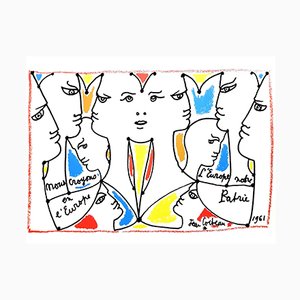
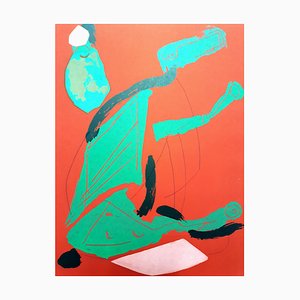
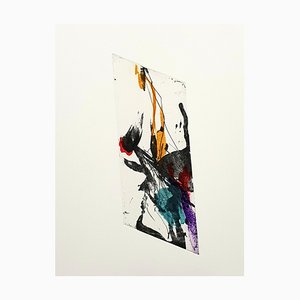
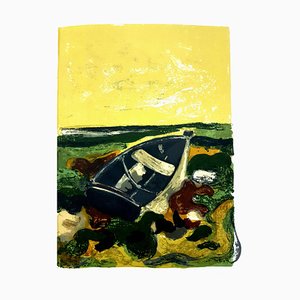
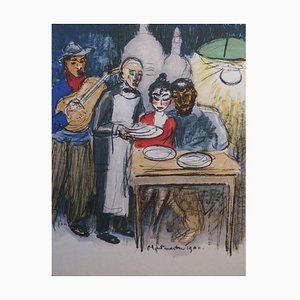
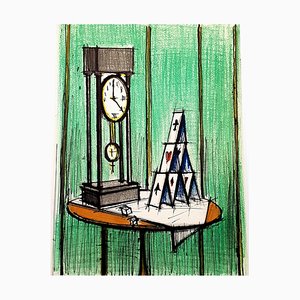
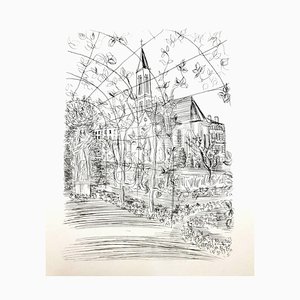
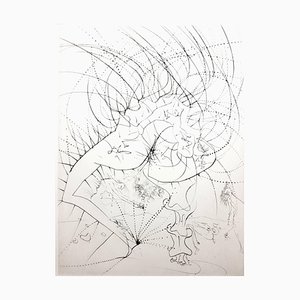
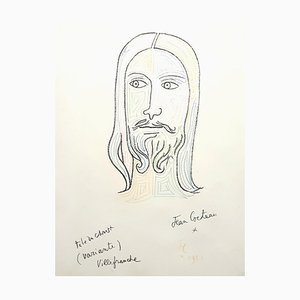
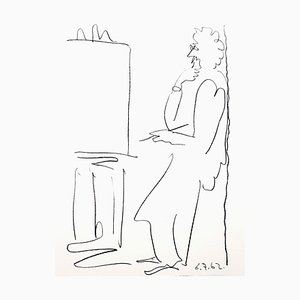
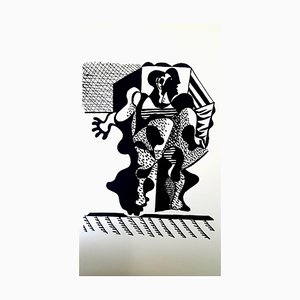

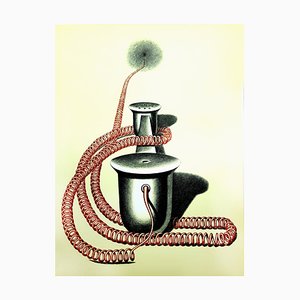
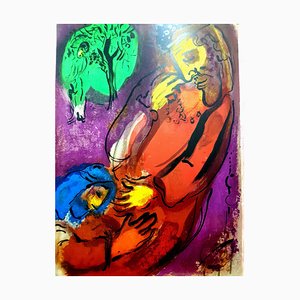
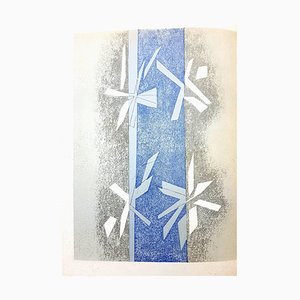
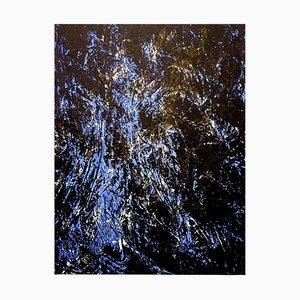

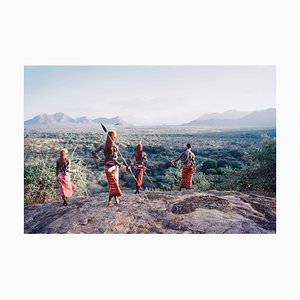
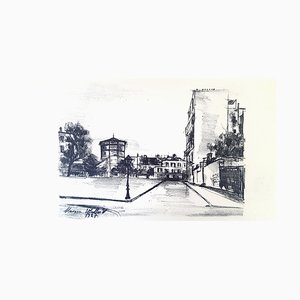
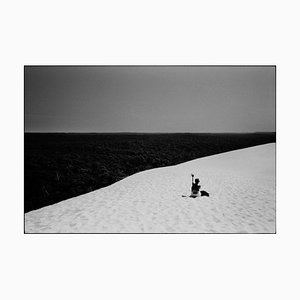
Contacta con nosotros
Haz una oferta
¡Hemos notado que eres nuevo en Pamono!
Por favor, acepta los Términos y condiciones y nuestra Política de privacidad
Contacta con nosotros
Haz una oferta
¡Ya casi está!
Para seguir la conversación en la plataforma, por favor completa el registro. Para proceder con tu oferta en la plataforma, por favor completa el registro.Exitoso
Gracias por tu consulta, alguien de nuestro equipo se pondrá en contacto contigo en breve.
Si eres profesional del diseño, por favor solicita aquí los beneficios del Programa comercial de Pamono